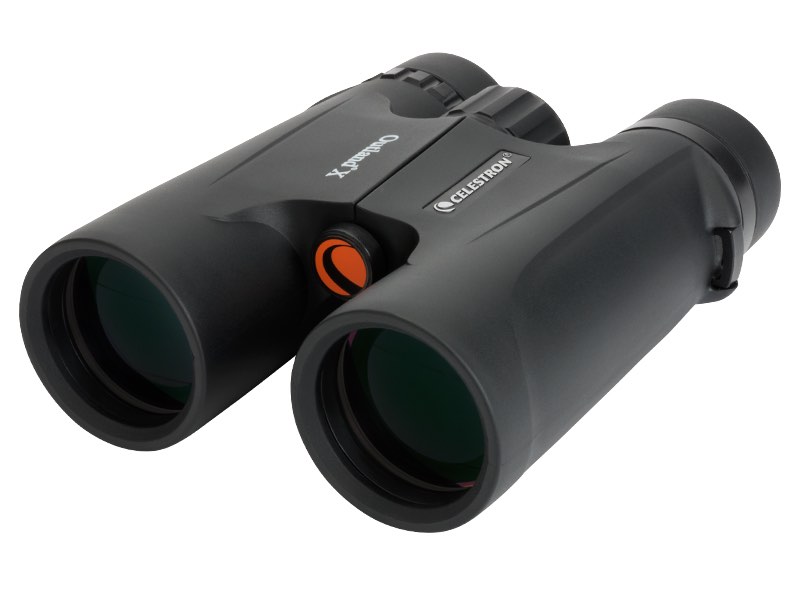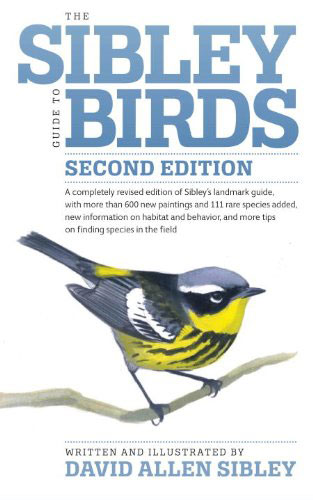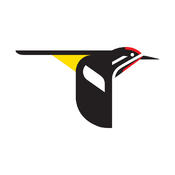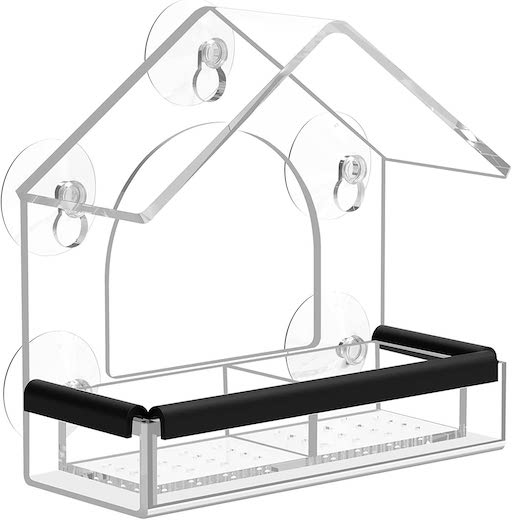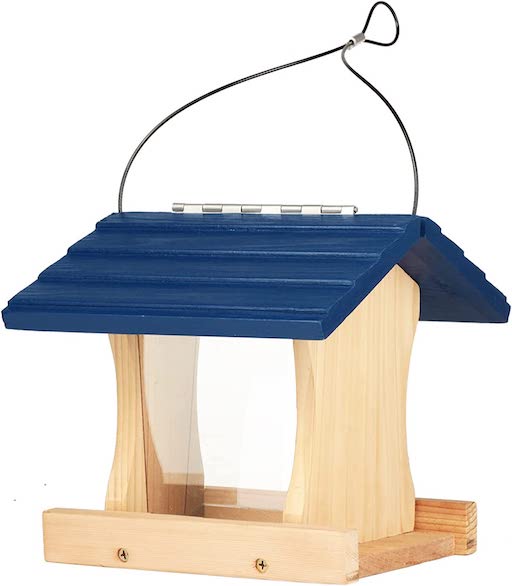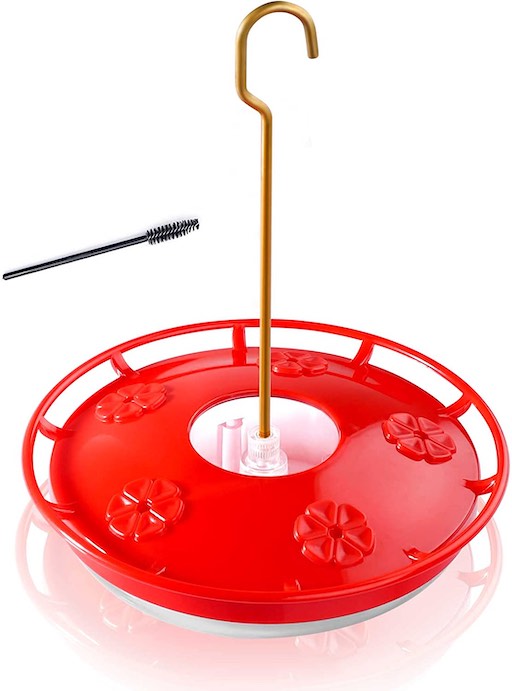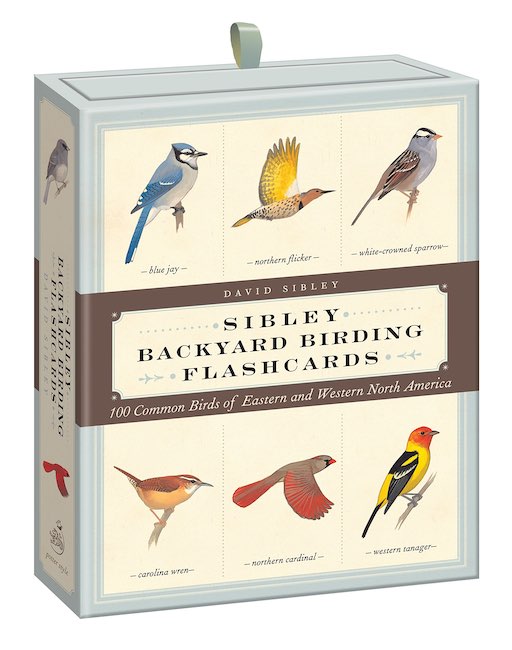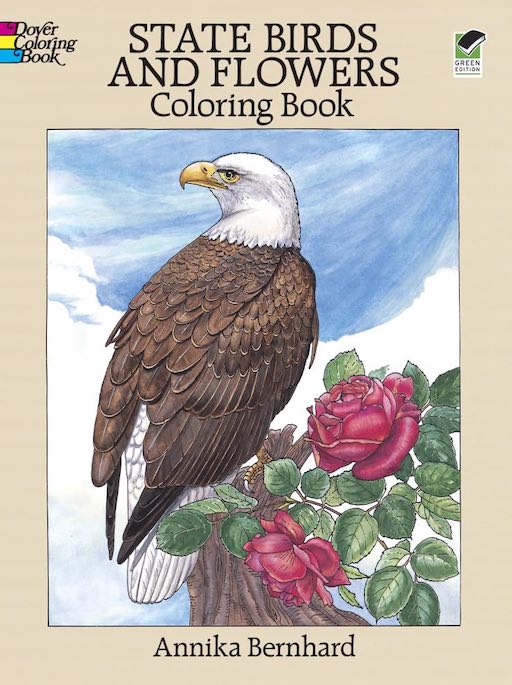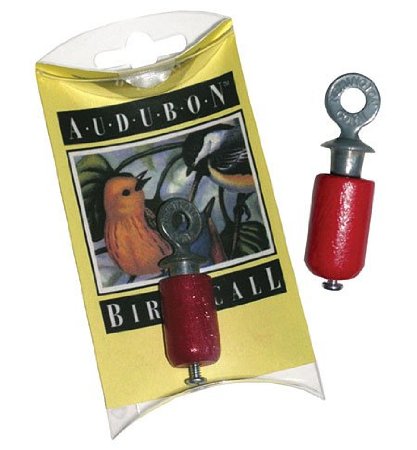Equip your budding ornithologist with the tools to see, reflect, and learn about birds
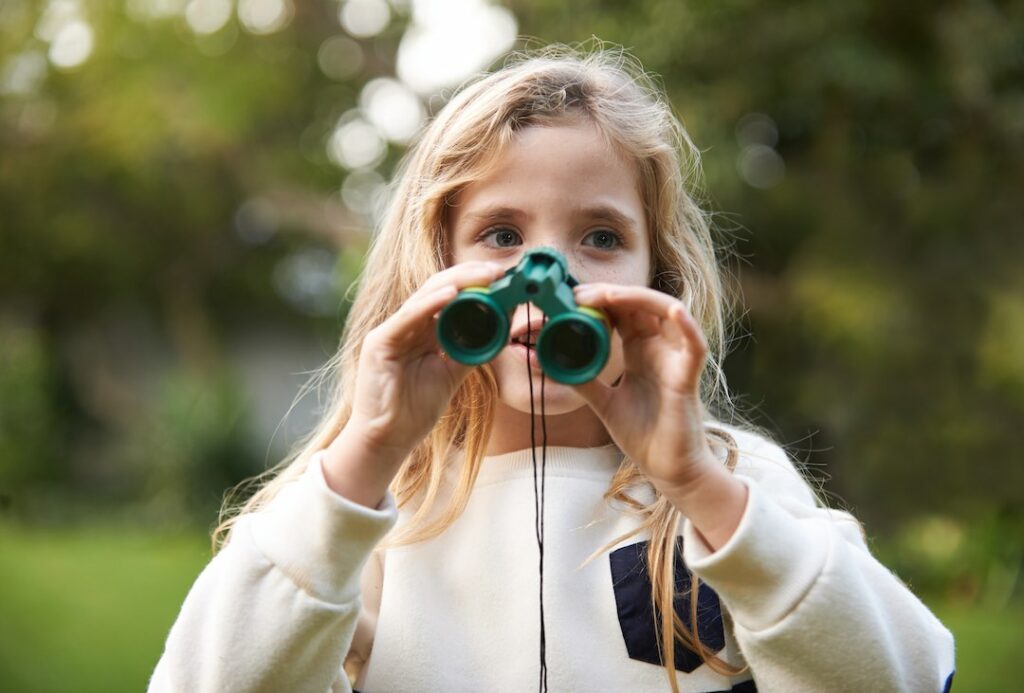
Birdwatching is a wonderful hobby that allows us to connect with nature, observe beautiful creatures, and learn about the diversity of the world around us. For young, curious birdwatchers, it can be an especially rewarding experience. And having the right tools can make all the difference in their ability to explore the world of birds.
In this guide, we will cover the essential tools that any young or teen birdwatcher will need to get started, as well as some fun and engaging ways to learn about birds both in your backyard and out in the field. So grab your binoculars, field guide, and sketchbook, and let’s dive into the world of birds!
The basics
Young or old there are a few things every birdwatcher needs: binoculars to see the birds and something to make notes, sketch, or keep a list.
Binoculars
Binoculars are a birder’s best friend. You can use any binoculars you’d like, especially secondhand ones.
For the younger kid
I recently gifted these binoculars to a friend’s daughter as a present since she loves birds. She’s four and found them very easy to hold and see birds through. They are lightweight but feel durable.
For the older kid
These 8×42 binoculars are an ideal magnification for older kids and adults when birdwatching.
Bird log/sketchbook
Many birdwatchers record the birds they see in notebooks or on eBird. Encouraging a child to write down which birds they have seen is a great way to study and practice spelling. Adding a new bird to a life list can be very motivating and exciting!
For the younger kid
Any notebook will work to start a bird log, but for the curious mind, here is a bird log for kids that includes journaling space, facts, games, and projects to enhance learning.
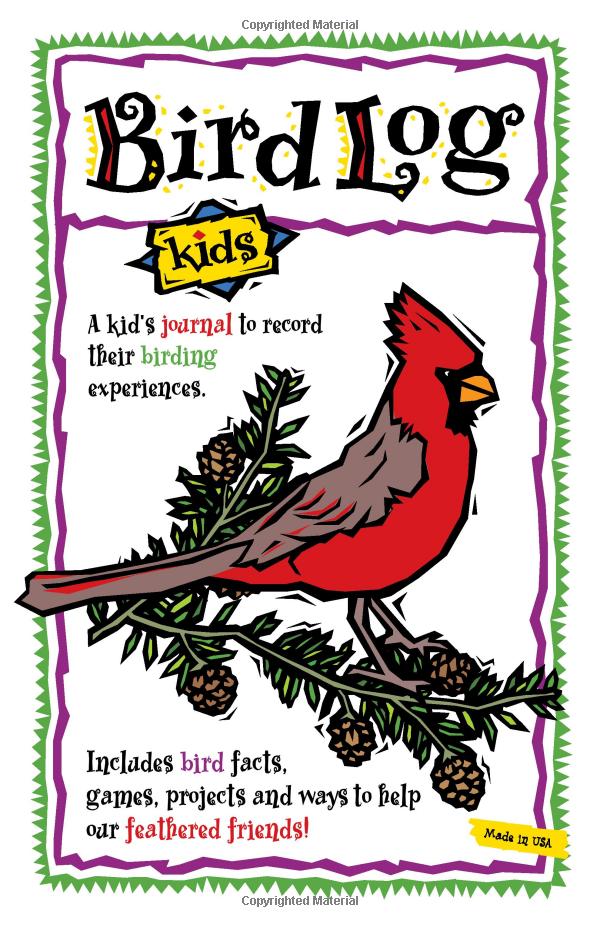
For the older kid
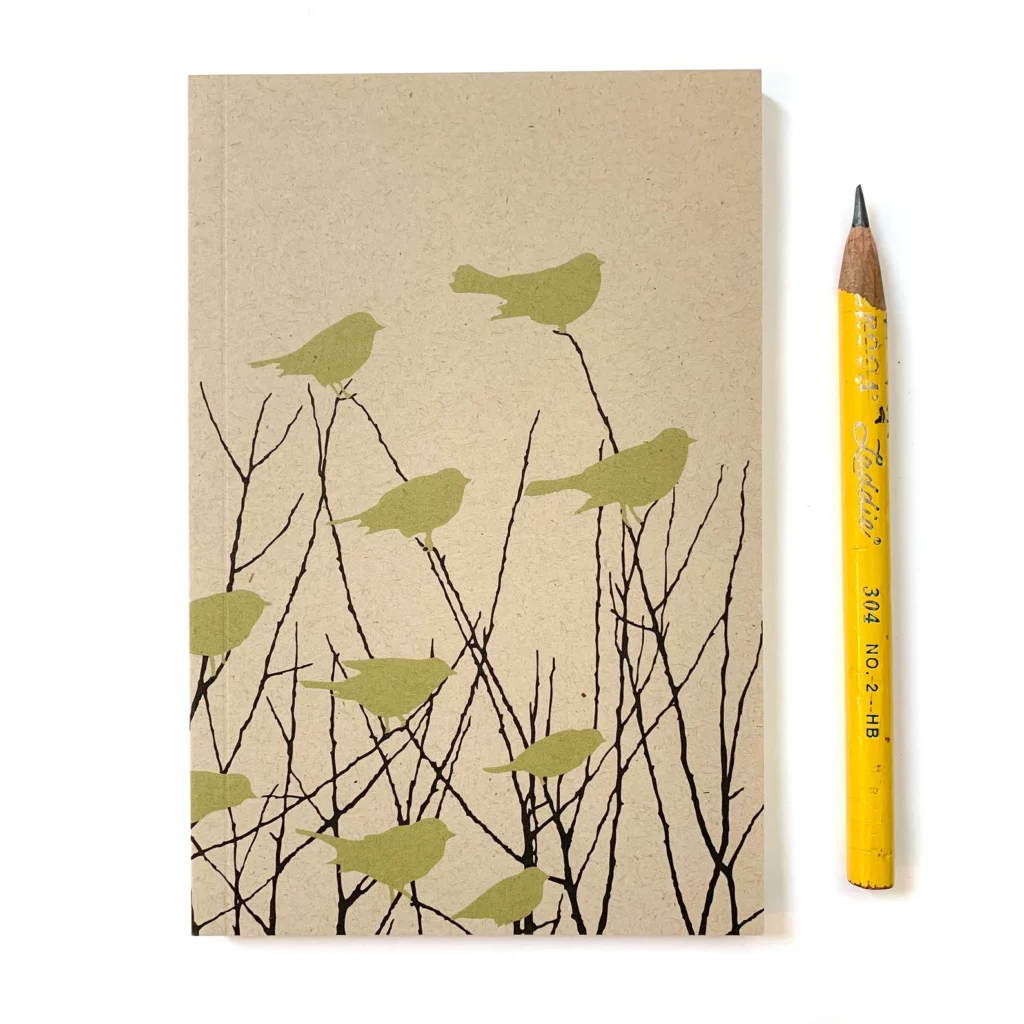
Field guide
A trusted field guide will help your ornithologist ID birds and learn about their habits, diets, where they live, and more.
Jeff’s recommended app for parents and kids: Merlin (use this free app to ID birds by sound, a photo, or a few quick questions about color, size, and behavior)
Tally counter
Click, click, click! Make counting the birds a child sees fun by giving them a tally counter. Ask them to track all the birds that visit a bird feeder or how many they see when you visit the park. A tally counter is a fun and tactile way to keep count.
Learning at home
The opportunities to learn about birds are all around, both out in the world and at home. It can be a rewarding and enriching experience to see birds in your yard, porch, or balcony. Try putting up a bird feeder and watch what comes to visit.
Bird feeders
Activities
Venturing into the field
Head out to a local park or natural area in the morning and you’ll be surprised at what you can find.
Bird Call
When a bird is hiding in a tree or facing a different direction, many birdwatchers will “pish.” Which is making a pshpshpshpshpsh noise that will often make a bird pop out of a tree or turn to look. This Audubon bird call, when twisted will make sounds similar to bird chirps and may attract them to come closer.
Water bottle
It’s important to stay healthy and hydrated while out on the birding trail. This water bottle is great for both kids and adults.
Support young birdwatchers
Birdwatching is a wonderful hobby that can bring us closer to nature and foster a lifelong appreciation for the world around us. As young birdwatchers, having the right equipment can make all the difference in their ability to explore, observe and learn about the amazing diversity of birds. From binoculars and field guides to sketchbooks and bird feeders, there are many tools and accessories that can enhance the birdwatching experience.
By using these tools and exploring the world of birds both in the backyard and beyond, kids can develop a deeper understanding and appreciation for the natural world. So, grab some gear and get started on a birdwatching adventure with the young person in your life!
Other gear guides:


